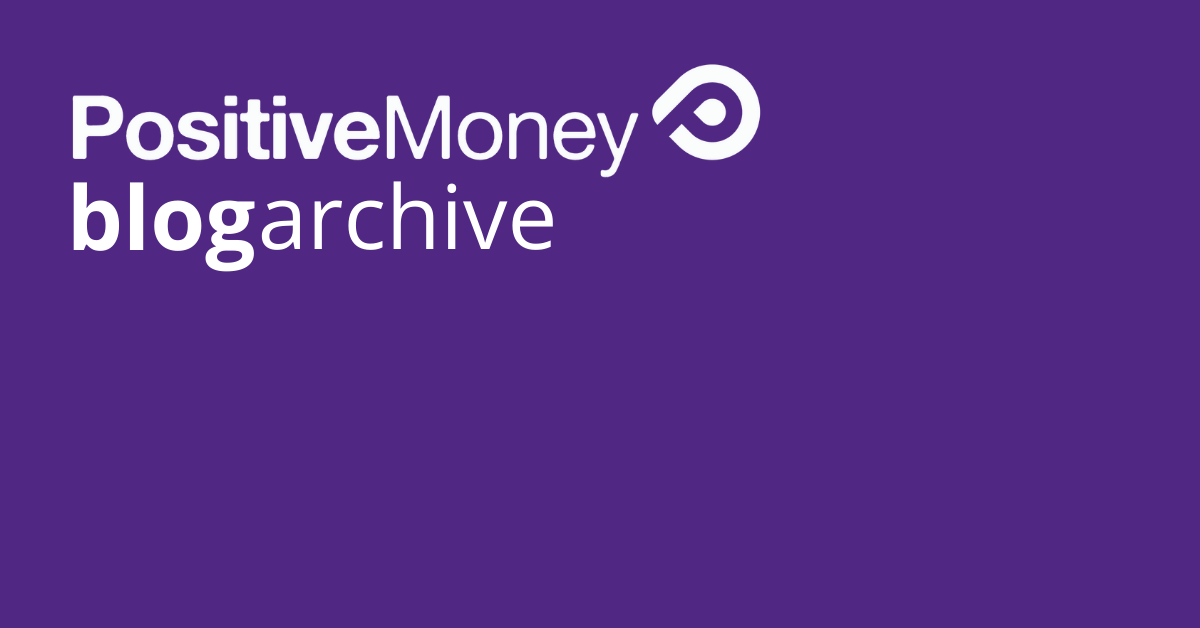Six Myths about Money & Banking

Josh Ryan Collins one of the co-authors of “Where does Money come From?” (along with Tony Greenham, Prof Richard Werner and Positive Money’s Andrew Jackson), reveals in this video six myths about Money & Banking:
1st myth: Banks are intermediaries, simply on-lending money that already exists.
Instead, banks are creators of brand new purchasing power. Every bank deposit is money. You can use it to pay your taxes. Banks create this money “on the basis of their confidence”, or in some cases, “not on their confidence” that you will pay it back – which was what securitisation was all about.
2nd myth: the concept of the “Money multiplier”
This is “no longer the case. ”There is no compulsory liquidity reserve ratio.” There are reserves which are required for interbank payments, and banks lend basically on the basis of confidence. “The truth is they make loans first and look for reserves later.”
3rd myth: the Bank of England can directly affect credit creation through changing interest rates.
The truth is that if the high street bank doesn’t have confidence, then it won’t lend, regardless of the interest rate.
4th myth: Credit allocation is demand driven.
The truth is that credit allocation is rationed by the banks.
5th myth: The banks know what’s best for the economy
They are incentivised to lend to short-term, quick-profit projects and into property. Indeed, the trend of modern bank lending is increasingly socially useless. The broad pattern is towards speculative and consumptive lending.
6th myth: If we start controlling credit then we will somehow be turning into a communist state.
However, only 30 years ago there were various government imposed controls over credit.
The present monetary system is systemically dysfunctional. The global debt crisis will not be solved by traditional Keynesian stimulus.
The governments do not create new purchasing power through issuing bonds. They could only create new purchasing power if they’d directly put money into circulation in the way Positive Money reforms are talking about.